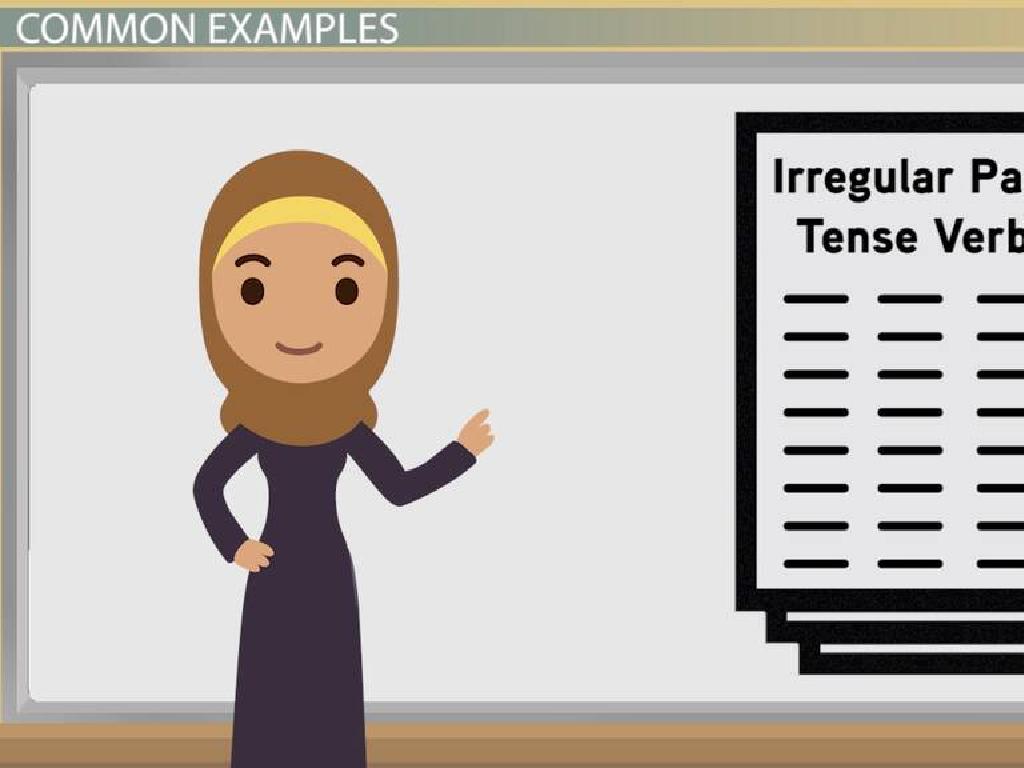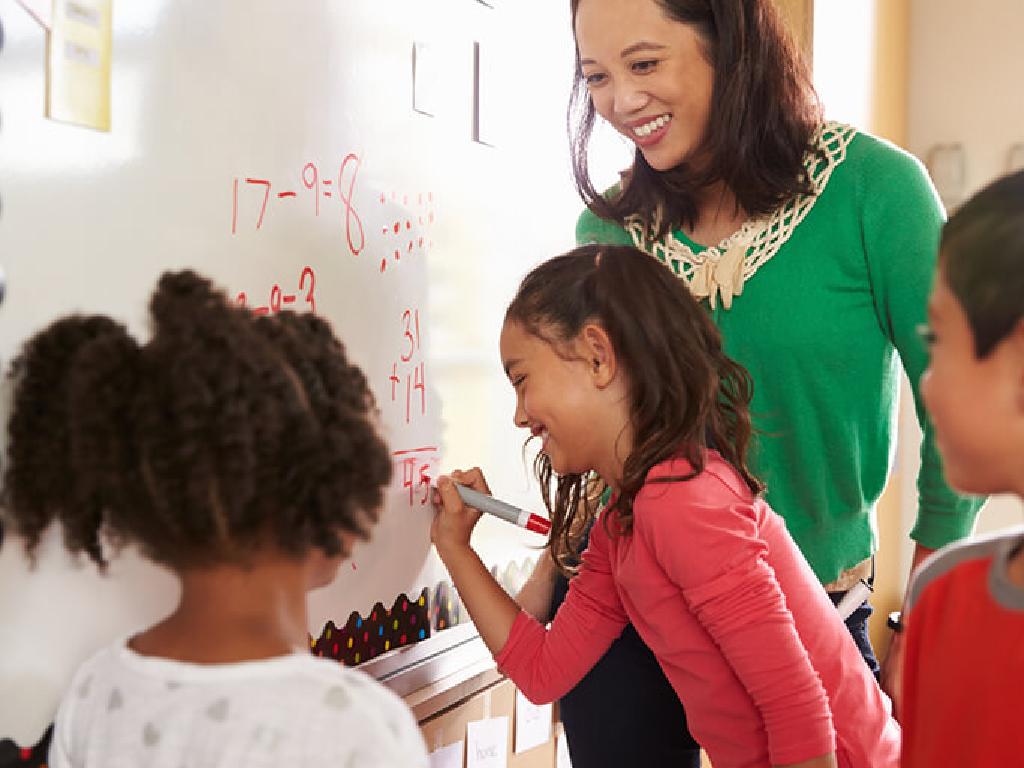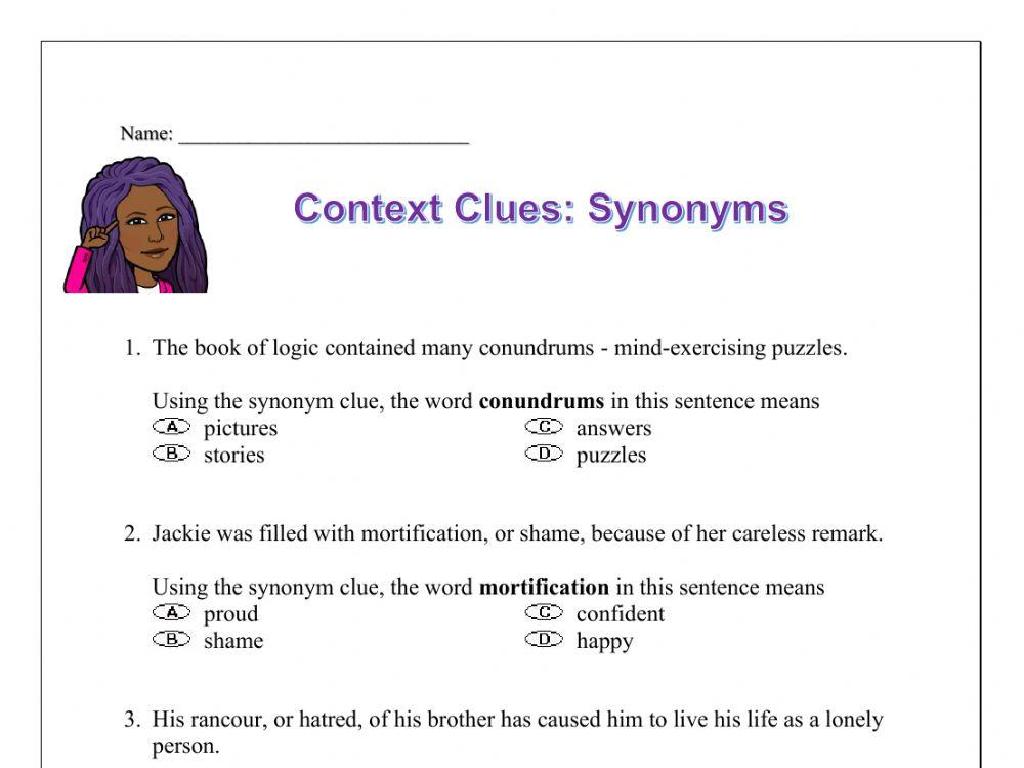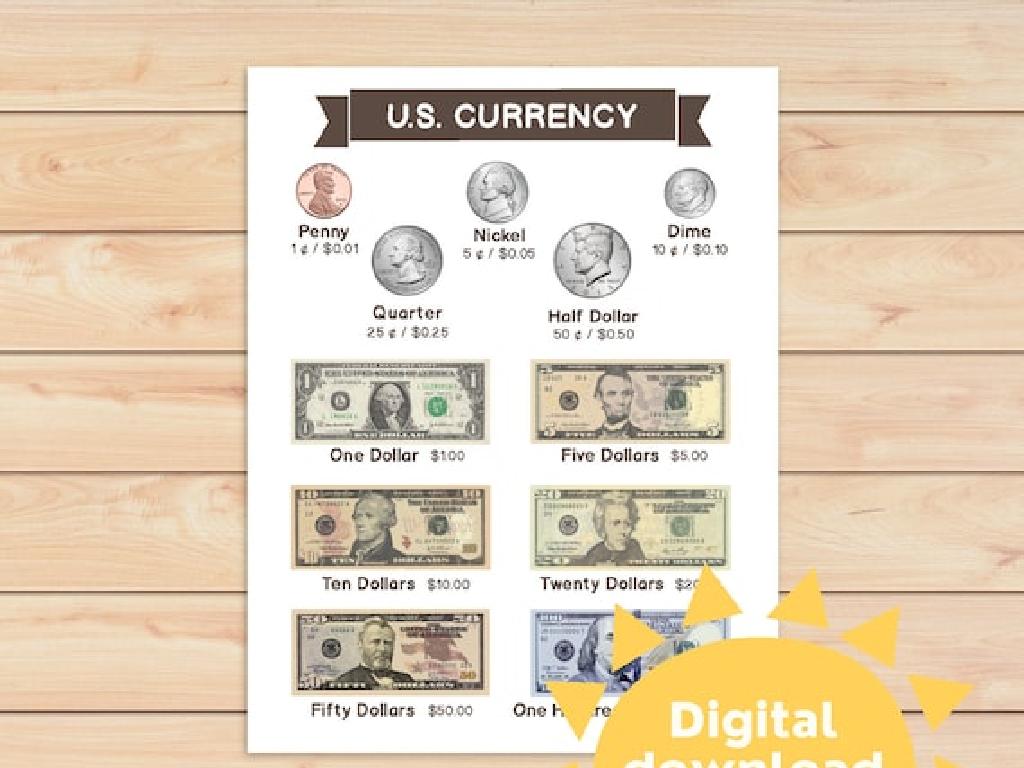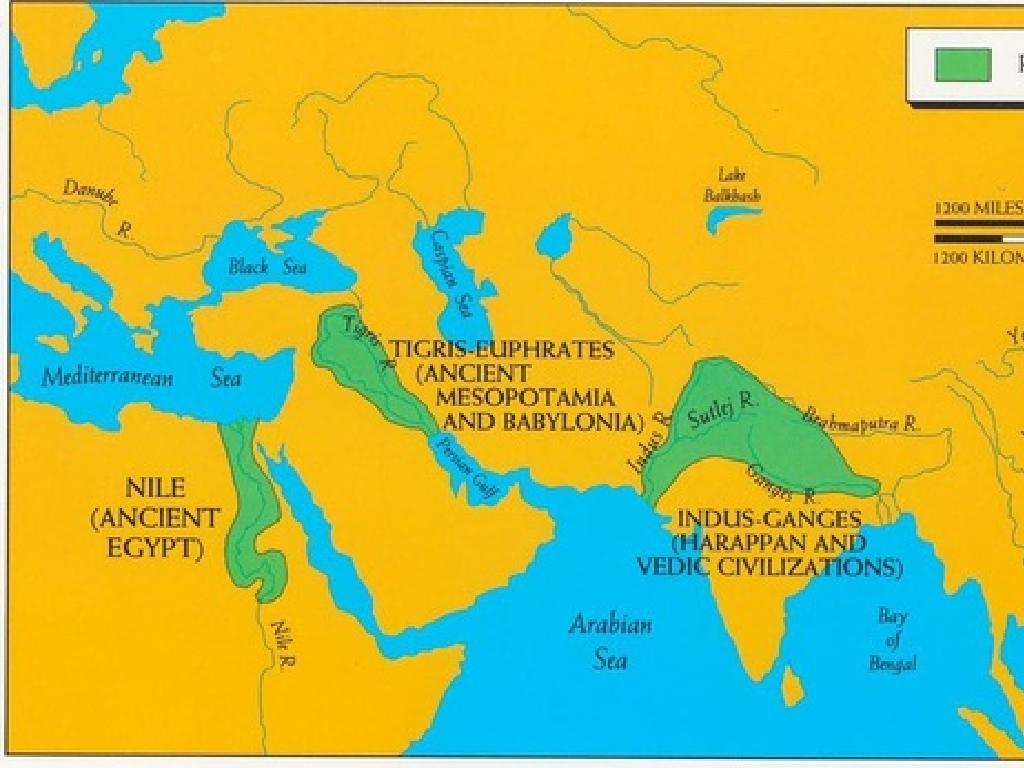The Crusades
Subject: Social studies
Grade: Sixth grade
Topic: Medieval Europe
Please LOG IN to download the presentation. Access is available to registered users only.
View More Content
Welcome to Medieval Europe: The Crusades
– Explore Medieval Europe’s impact
– A period marked by feudalism, castles, and knights
– Understand The Crusades
– A series of religious wars between Christians and Muslims
– Discover learning objectives
– Know what to expect by class end
|
This slide is designed to introduce students to the historical context of Medieval Europe and set the stage for a focused lesson on The Crusades. Emphasize the significance of this era, characterized by feudal systems, the power of the church, and the knighthood. The Crusades were pivotal religious wars that had lasting impacts on European and Middle Eastern history. By the end of the class, students should be able to identify the causes and effects of The Crusades and understand their historical significance. Encourage students to think critically about the motives behind The Crusades and the consequences that followed. This will help them grasp the complexity of historical events and their long-term implications.
Understanding The Crusades
– Definition of The Crusades
– A series of holy wars between Christians and Muslims
– Main causes of The Crusades
– Control of holy lands, wealth, and power
– Religion’s role in The Crusades
– Christianity vs. Islam for the Holy Land
– Crusades’ impact on history
|
The Crusades were a series of religious wars sanctioned by the Latin Church in the medieval period, primarily against Muslims in the Levant. When discussing the main causes, emphasize the desire for control over the holy sites in Jerusalem, the pursuit of wealth and power, and the promise of spiritual rewards. Religion played a central role, with both Christians and Muslims believing they were fighting a holy cause. This slide aims to provide students with a foundational understanding of The Crusades, setting the stage for further discussion on their long-term effects, including cultural exchanges and the shaping of modern Europe and the Middle East.
The Timeline of The Crusades
– First Crusade (1096-1099) overview
– The First Crusade resulted in the capture of Jerusalem.
– Key figures of the 2nd and 3rd Crusades
– Richard the Lionheart and Saladin were prominent in the 3rd Crusade.
– Later Crusades and their effects
– Subsequent Crusades had diminishing success.
– Crusades’ impact on Medieval Europe
– They influenced trade, culture, and power dynamics in Europe.
|
This slide provides a chronological overview of The Crusades, starting with the First Crusade, which ended with the Christians capturing Jerusalem. Highlight key figures such as Richard the Lionheart and Saladin during the Second and Third Crusades. Discuss the diminishing returns of the later Crusades and their broader impact, including the fostering of trade, changes in cultural exchanges, and shifts in power structures within Medieval Europe. Encourage students to consider how these events might have shaped the modern world. Provide a timeline visual if possible to help students understand the sequence of events.
Life During The Crusades
– Knights’ journey on a Crusade
– Knights faced long travels and battles.
– Daily life of soldiers and civilians
– Soldiers camped; civilians had varied roles.
– Trade impact from The Crusades
– New trade routes and goods emerged.
– Cultural exchanges during Crusades
– Knowledge and ideas were shared across lands.
|
This slide aims to give students a glimpse into the life and times during The Crusades. Focus on the experiences of a knight, highlighting the challenges of the journey and the battles they fought. Discuss the daily routines of soldiers, such as setting up camp and training, and contrast this with the lives of civilians who might have been merchants, farmers, or craftspeople. Emphasize the significant impact of The Crusades on trade, with the introduction of new goods like spices and silk to Europe, and the cultural exchange that occurred as a result of interaction between different civilizations. This exchange led to a transfer of knowledge, including advancements in science, medicine, and philosophy. Encourage students to consider how these events have shaped the modern world.
Consequences of The Crusades
– Short-term vs. long-term effects
– Immediate outcomes and lasting changes from the Crusades
– Crusades’ impact on Europe’s map
– Territories changed hands, altering political boundaries
– Influence on future conflicts
– Set a precedent for religious and territorial wars
|
This slide aims to discuss the aftermath of the Crusades, highlighting both the immediate and enduring effects on Europe and beyond. Initially, the Crusades led to significant political and social upheaval, but over time, they also brought about lasting changes, such as shifts in power and the redrawing of territorial lines. Additionally, the Crusades influenced the way future conflicts were justified and fought, particularly those with religious undertones. Encourage students to think about how historical events can have ripple effects that shape the future. Provide examples such as the increased hostility between different religious groups and the rise of trade routes established during the Crusades.
Understanding Perspectives of The Crusades
– Viewpoints: Christians, Muslims, Jews
– Each group had different reasons and experiences during The Crusades.
– ‘Just war’ and its controversies
– The idea of ‘just war’ was used to justify The Crusades, sparking debate.
– Crusades’ cultural impacts
– The Crusades led to significant cultural exchanges and conflicts.
– Interfaith relations post-Crusades
– The Crusades affected how these religious groups interacted afterwards.
|
This slide aims to explore the complex perspectives of different groups involved in The Crusades. It’s crucial to present the reasons and experiences of Christians, Muslims, and Jews without bias, highlighting that each had their own motivations and challenges. Discuss the medieval concept of ‘just war’ and how it was used to justify the conflicts, encouraging students to think critically about the moral implications. Examine the lasting impacts on culture, trade, and technology, as well as the strained interfaith relations that followed. This discussion will help students understand the long-term effects of The Crusades on European and Middle Eastern societies.
The Crusades: Myths vs. Facts
– Debunking common Crusade myths
– Myths often oversimplify or misrepresent events.
– Historical evidence against myths
– Primary sources like letters and chronicles help us find the truth.
– Critical thinking in history
– Questioning sources helps us understand the past better.
– Why facts matter in learning
– Learning accurate history helps us avoid repeating past mistakes.
|
This slide aims to challenge common misconceptions about The Crusades by contrasting myths with historical evidence. Encourage students to understand that myths can arise from oversimplified stories or biased accounts of history. Provide examples of primary sources that offer more accurate depictions of The Crusades. Emphasize the importance of critical thinking when studying history, such as questioning the reliability of sources and considering multiple perspectives. Highlight the value of learning factual history to gain a more nuanced understanding of past events and their impact on the present.
Class Activity: Role-Play Debate on The Crusades
– Divide into perspective groups
– Prepare arguments for your role
– Engage in a role-play debate
– Assume the roles of historical figures or groups from The Crusades era.
– Discuss modern lessons from The Crusades
– Reflect on the impacts of The Crusades on today’s society and values.
|
This activity is designed to help students actively engage with the historical topic of The Crusades by taking on roles and debating from different perspectives. Divide the class into groups such as Crusaders, Muslim defenders, merchants, and peasants. Provide each group with background information to help them understand their perspective. Encourage students to use critical thinking to develop arguments and to listen to opposing viewpoints during the debate. After the role-play, lead a discussion on the lasting effects of The Crusades and how they have shaped modern attitudes towards conflict, religion, and cultural interactions. This will help students connect historical events to the present day and understand the importance of learning from history.
Conclusion & Reflection: The Crusades
– Recap the Crusades’ impact
– How did the Crusades shape history?
– Open floor for questions
– Reflect on today’s lesson
– Think about what we learned
– Homework: Crusades diary entry
– Imagine living in the Crusades era
|
As we wrap up our lesson on The Crusades, it’s important to revisit the key points and their lasting significance on history. Encourage students to ask any lingering questions they might have and to share their thoughts on the lesson. For homework, students will engage creatively with the historical content by writing a diary entry from the perspective of someone experiencing The Crusades. This will help them empathize with the people of the time and better understand the human aspect of historical events. Provide some starting points for their diary entries, such as describing a day in the life, feelings about the events, or interactions with other characters from the era.

